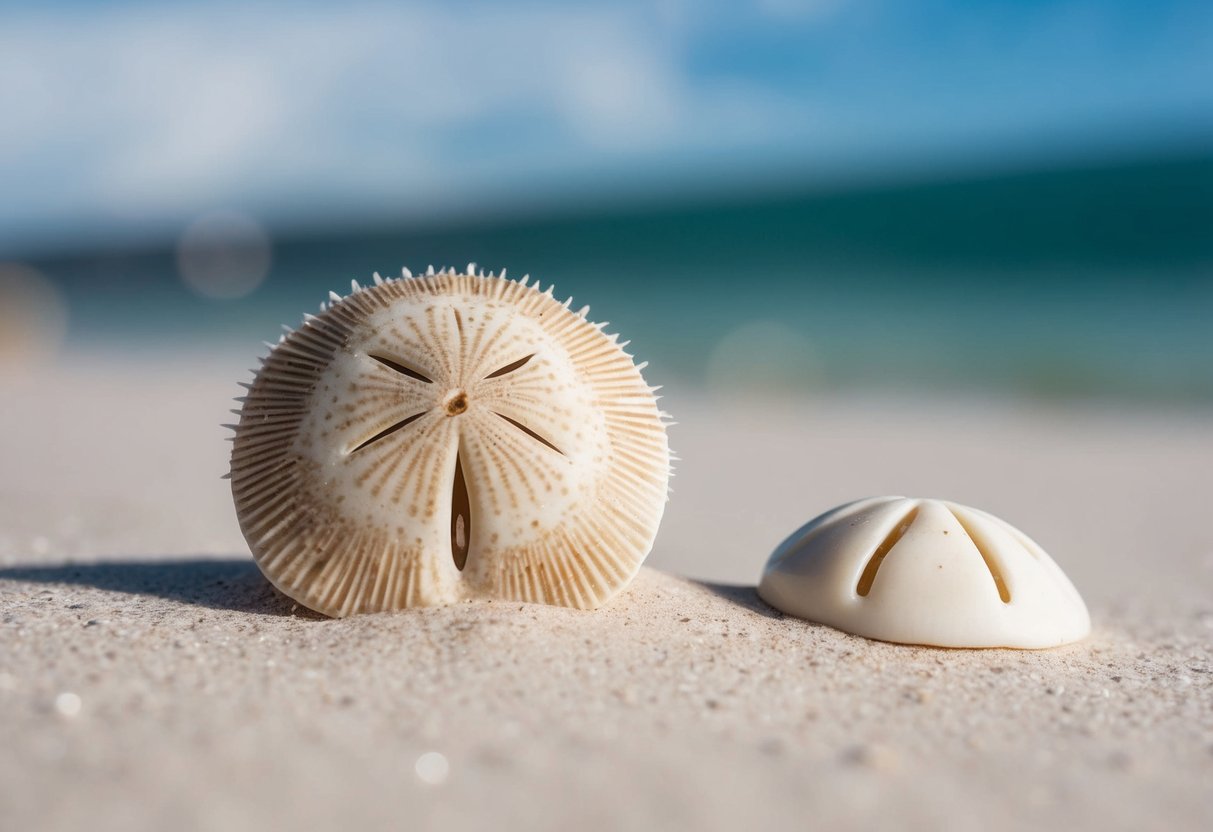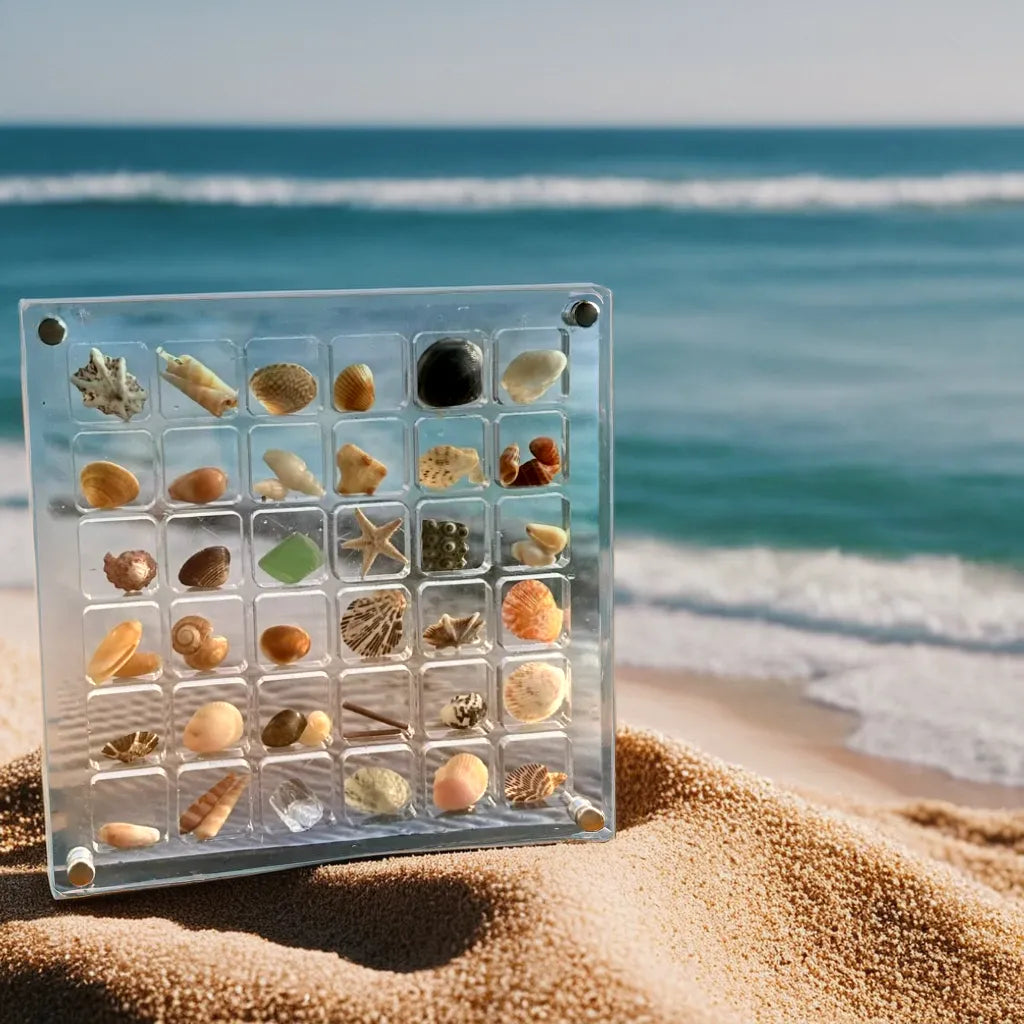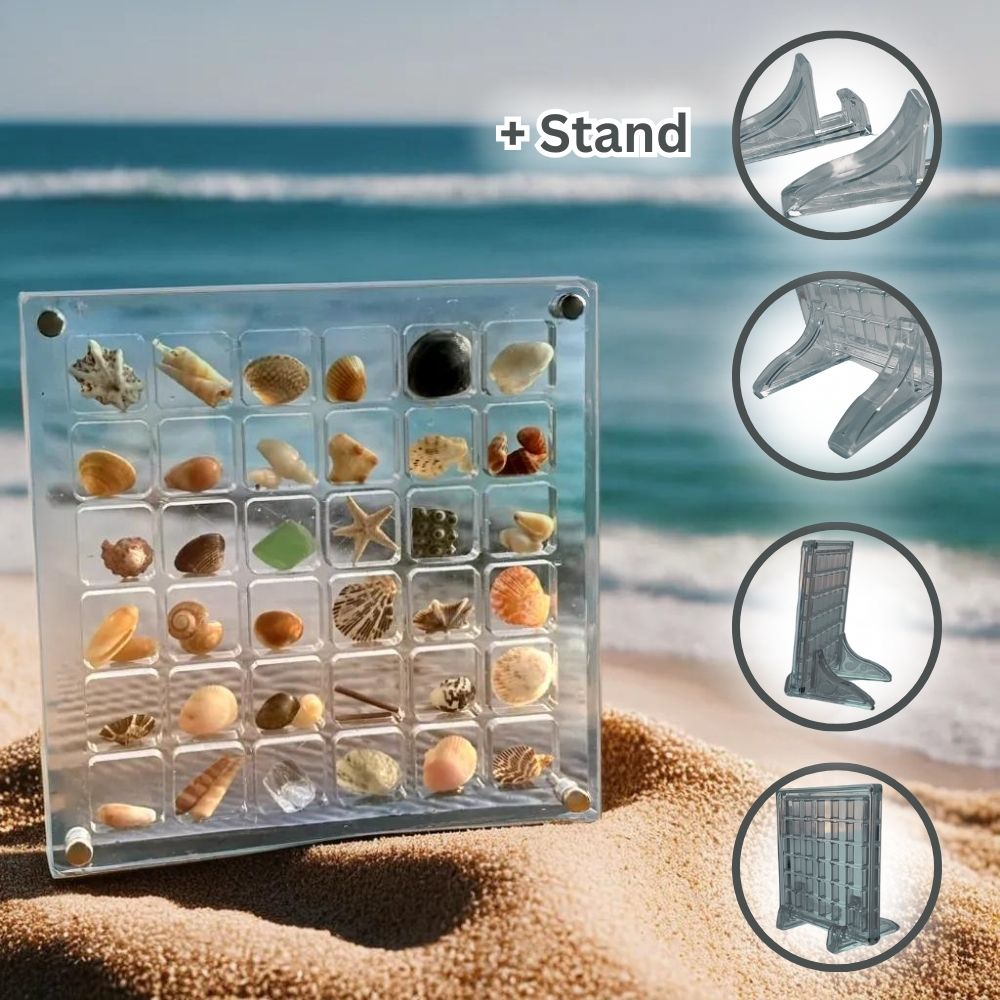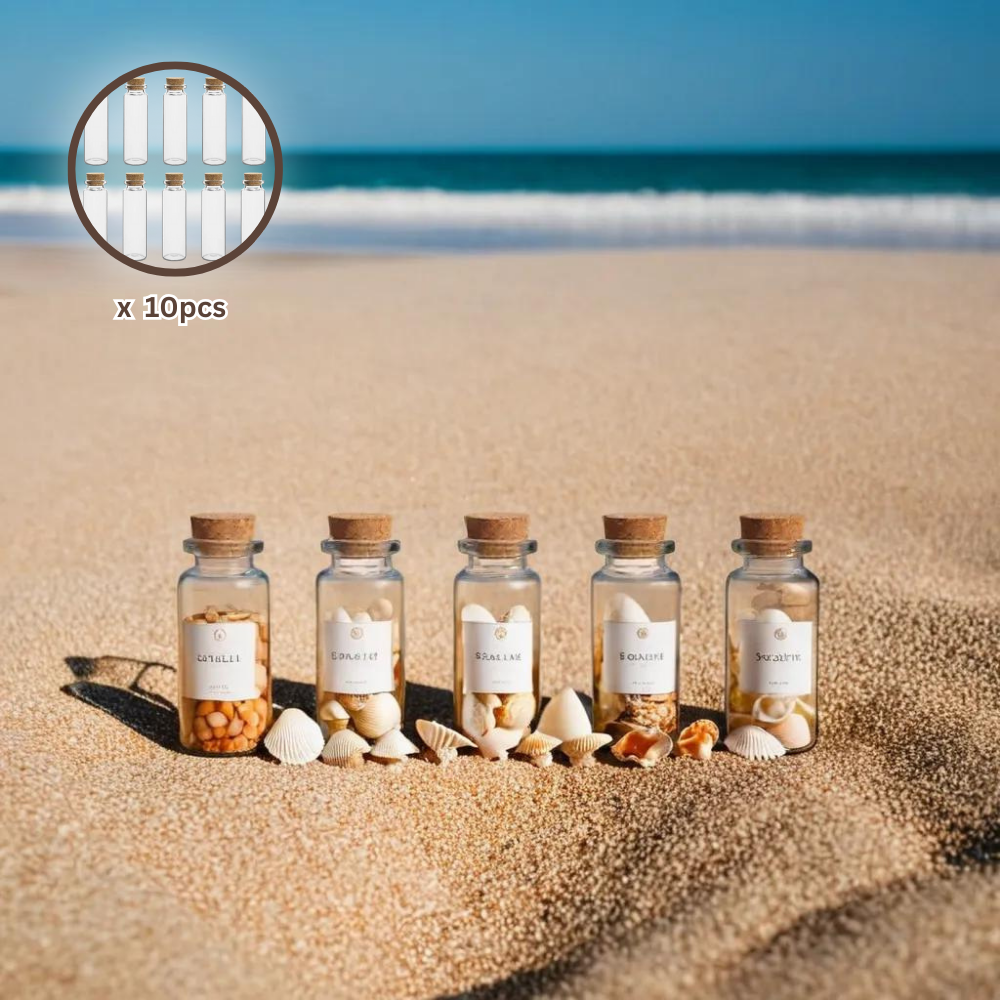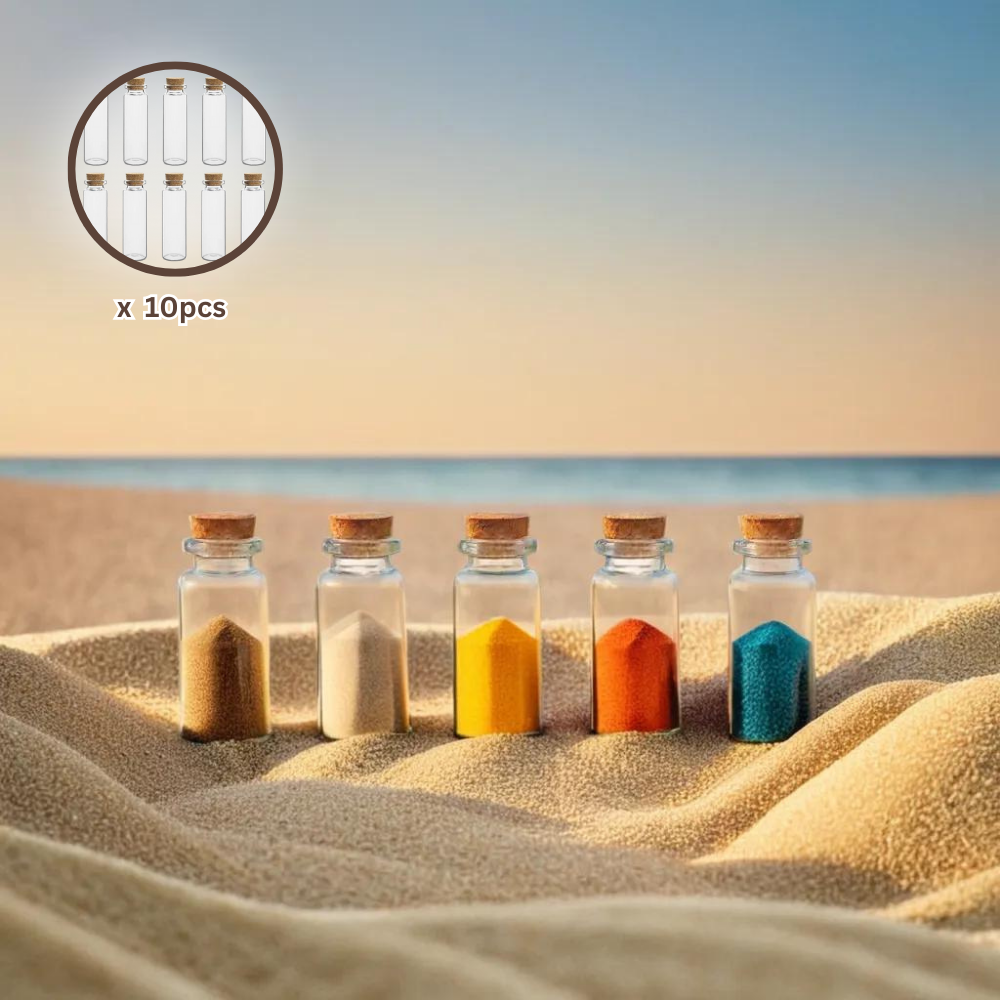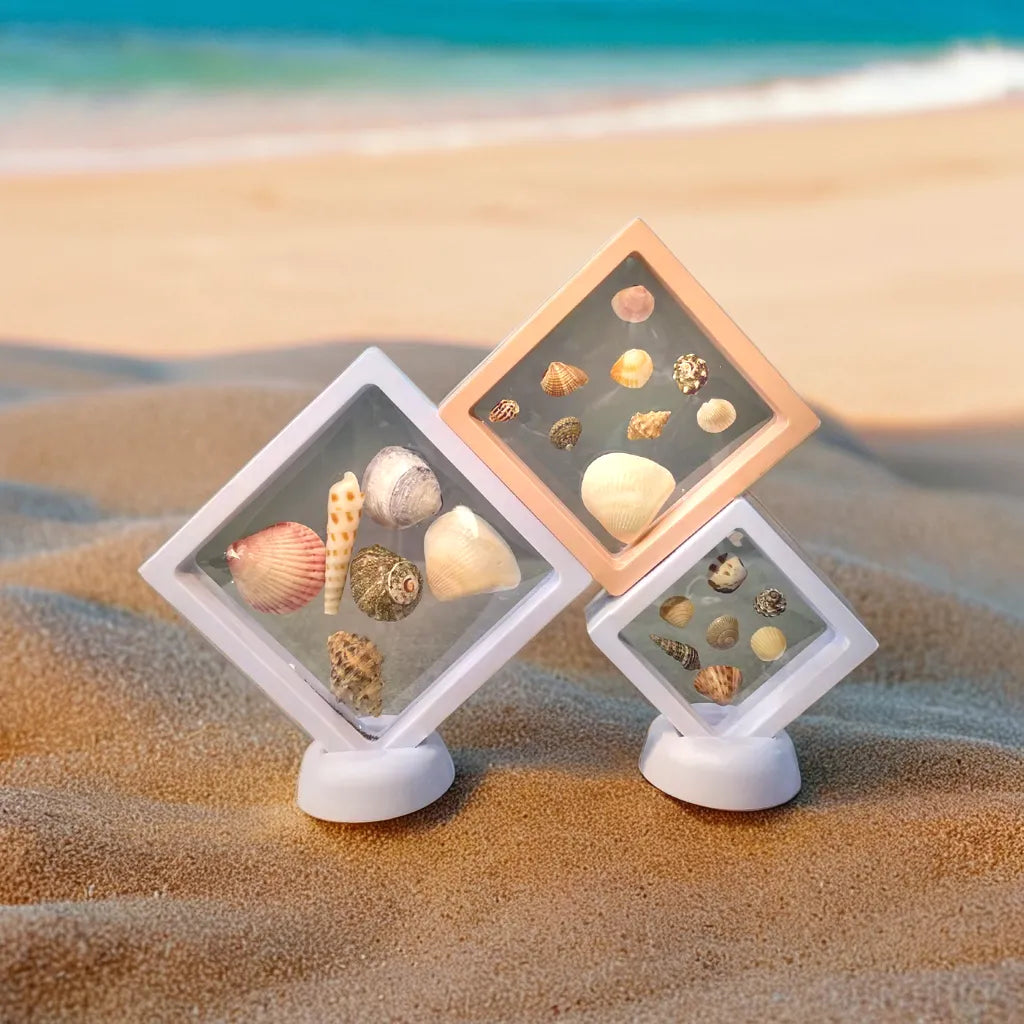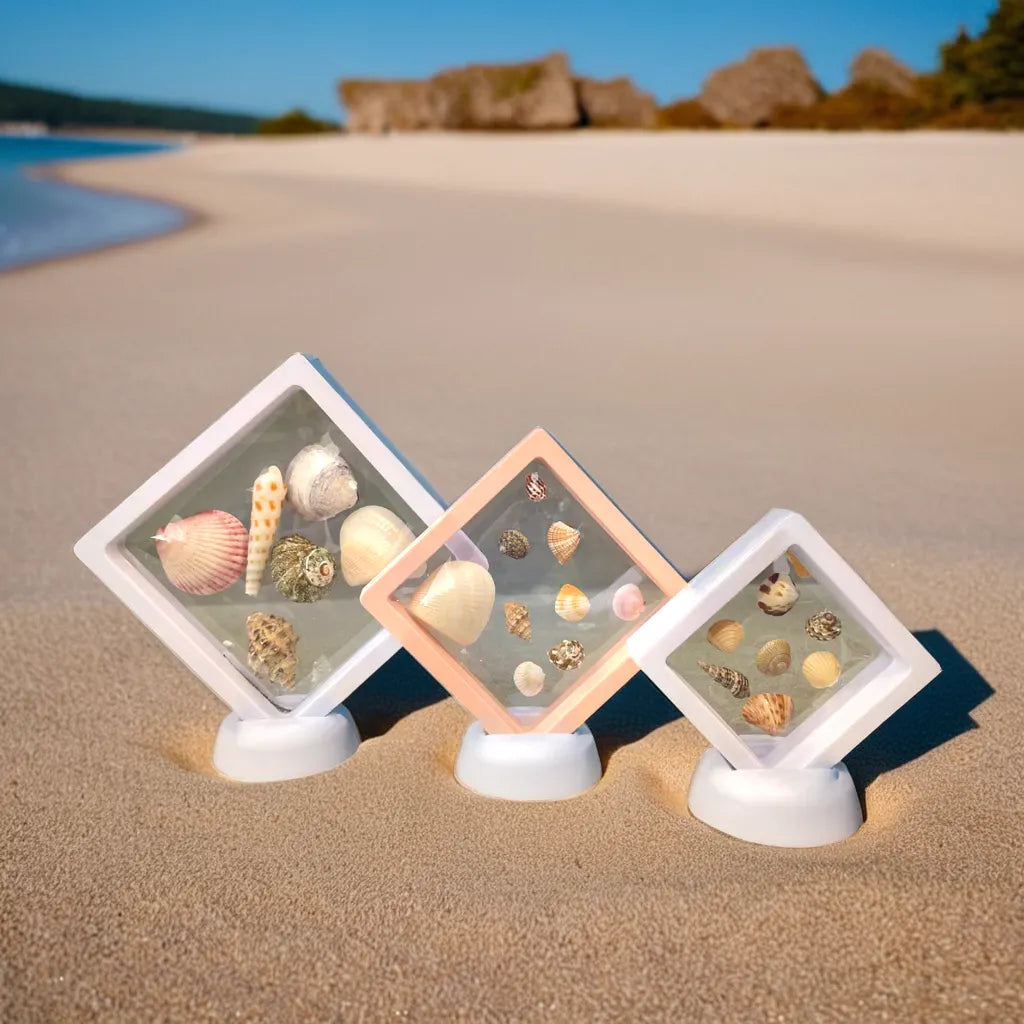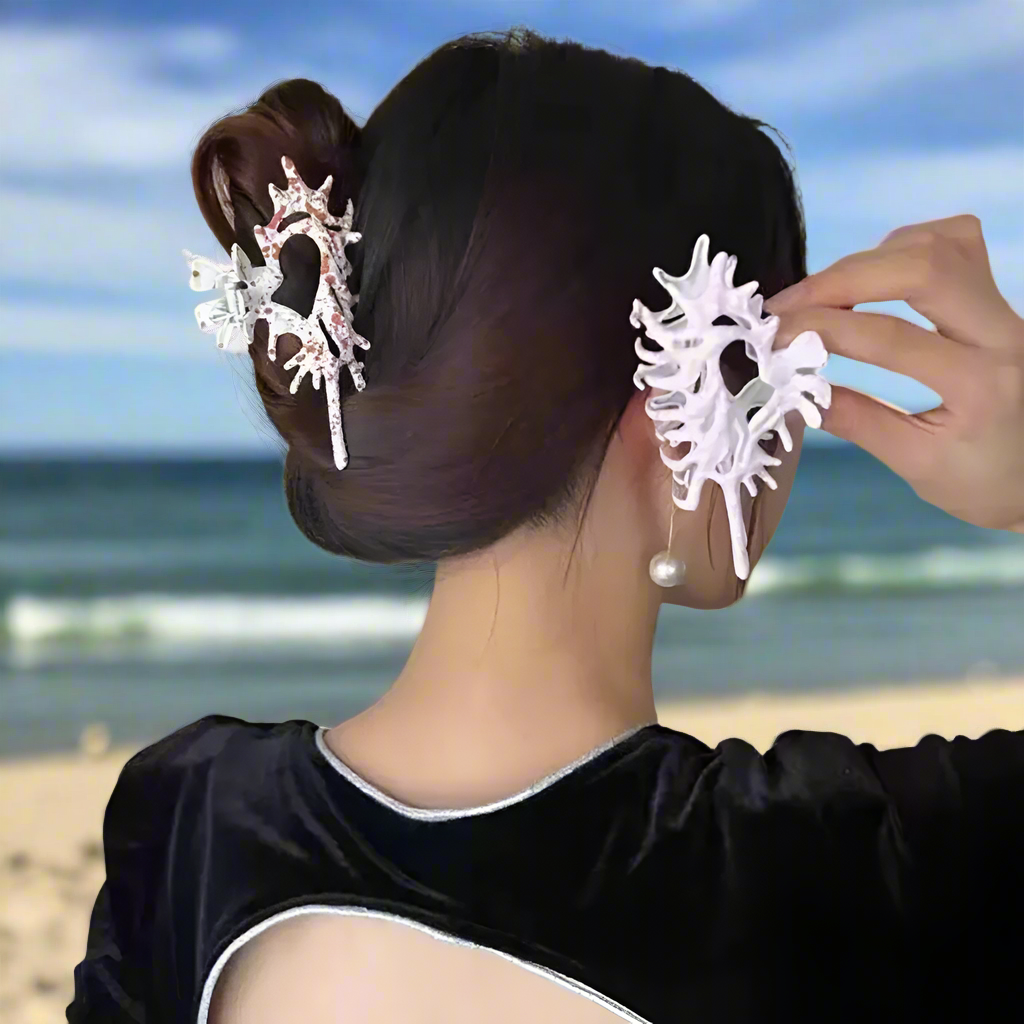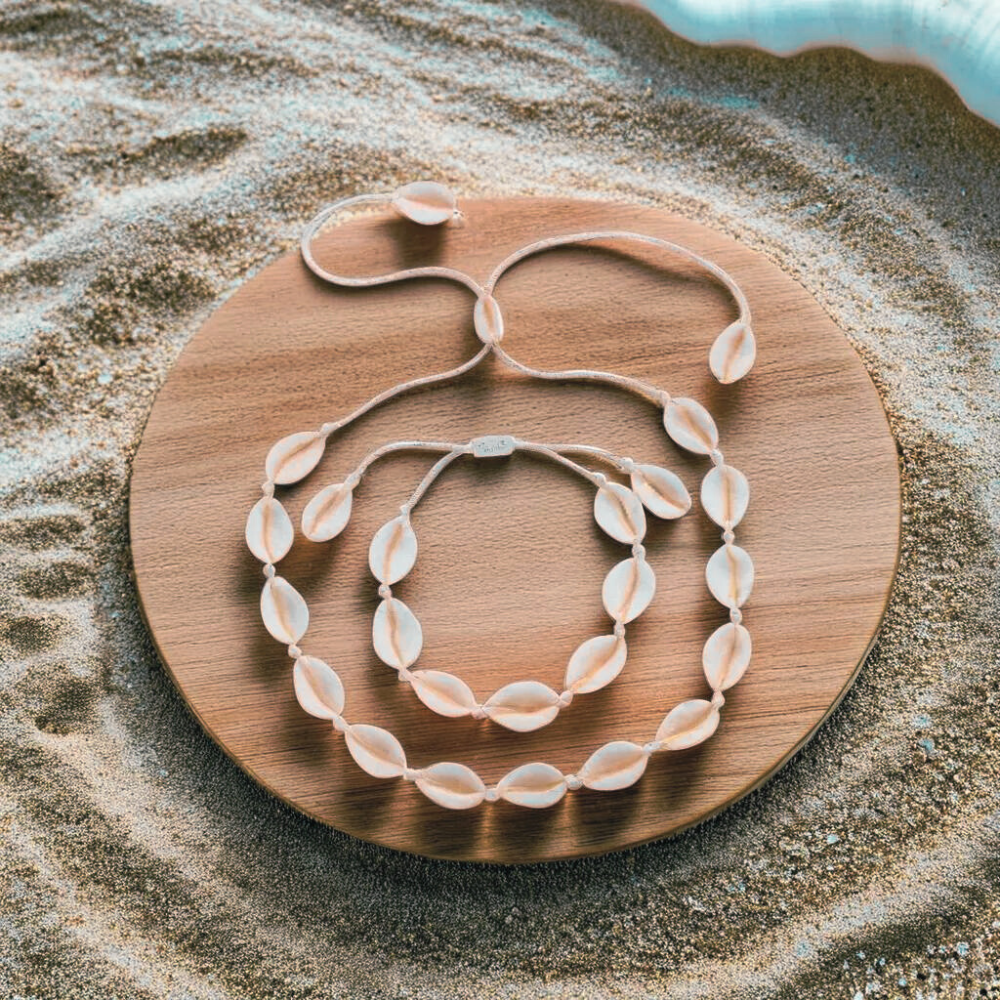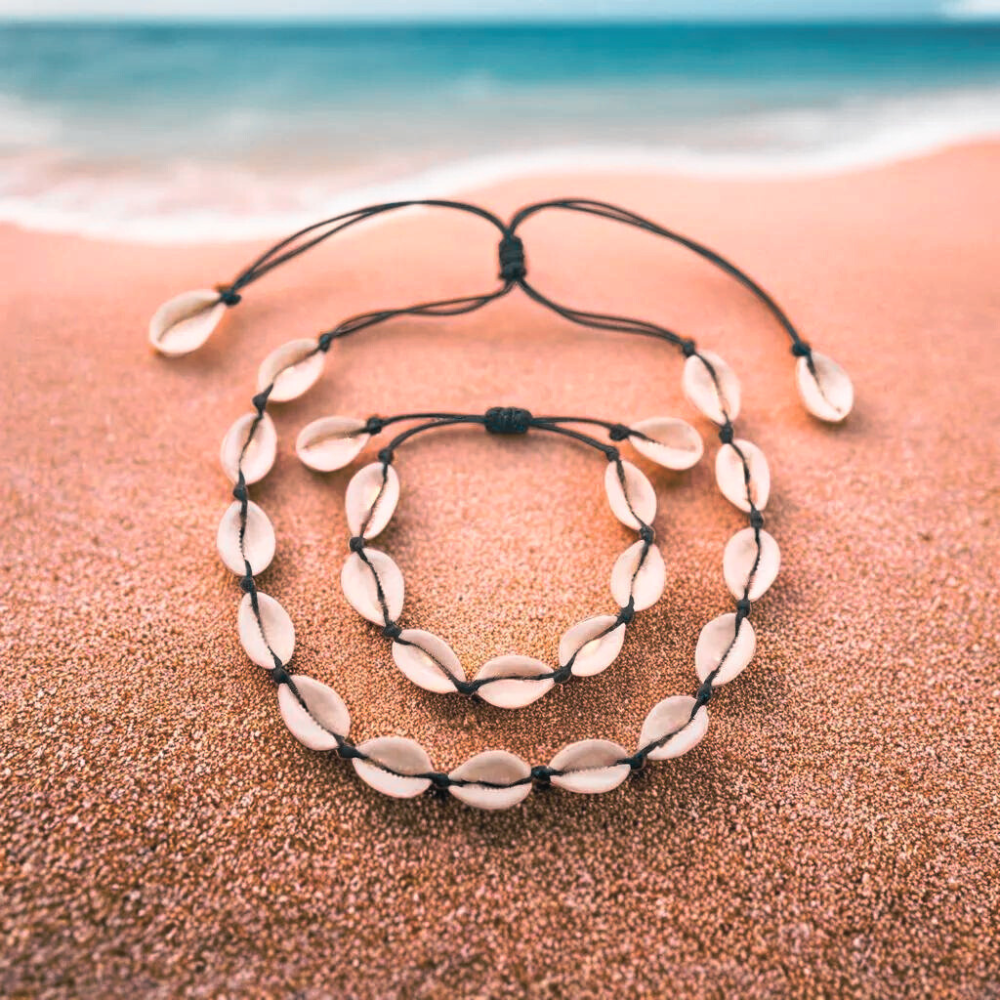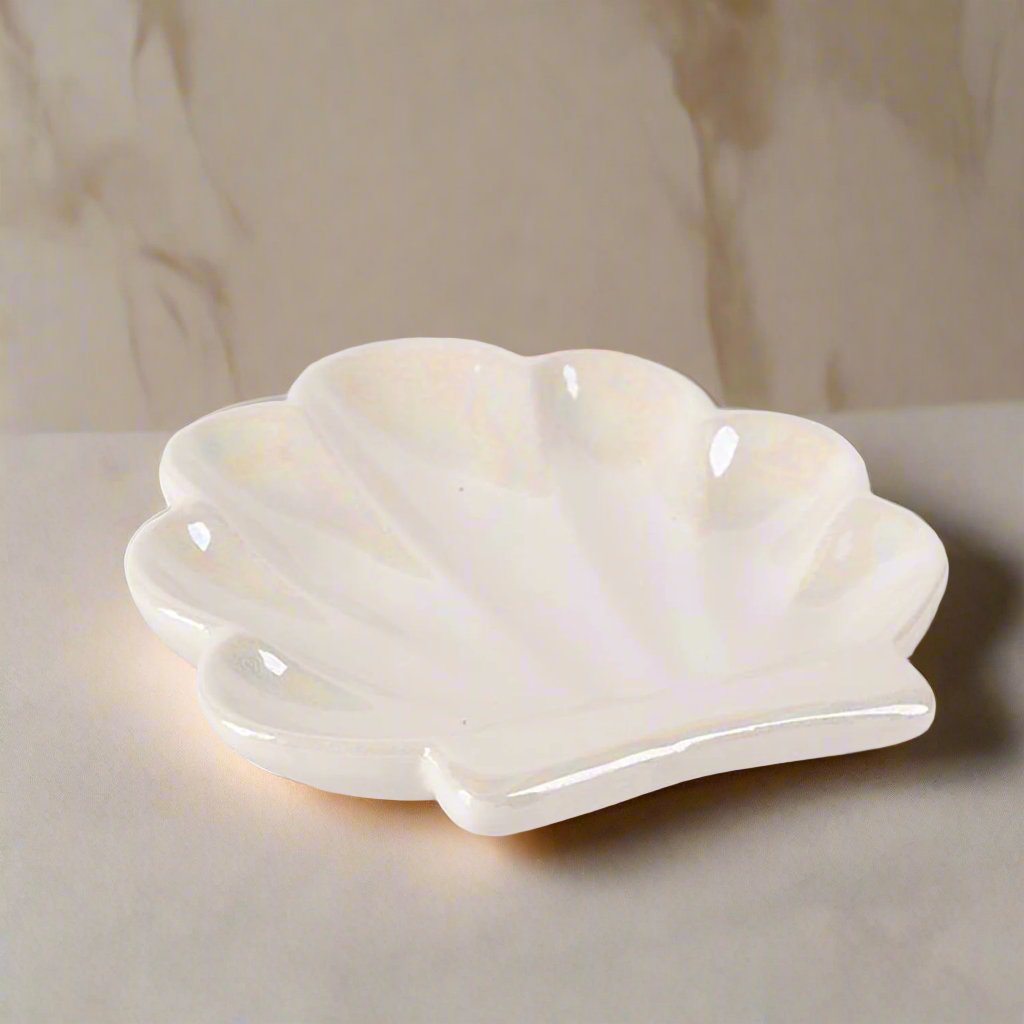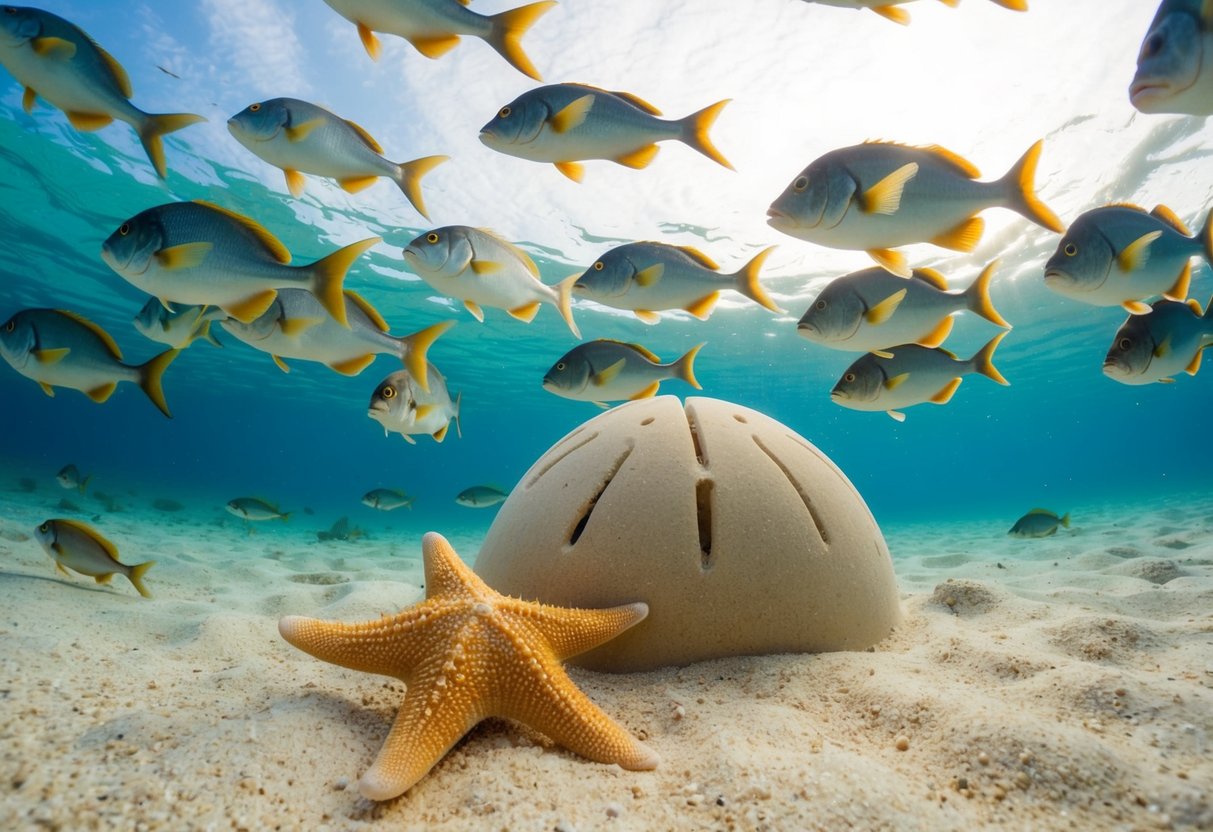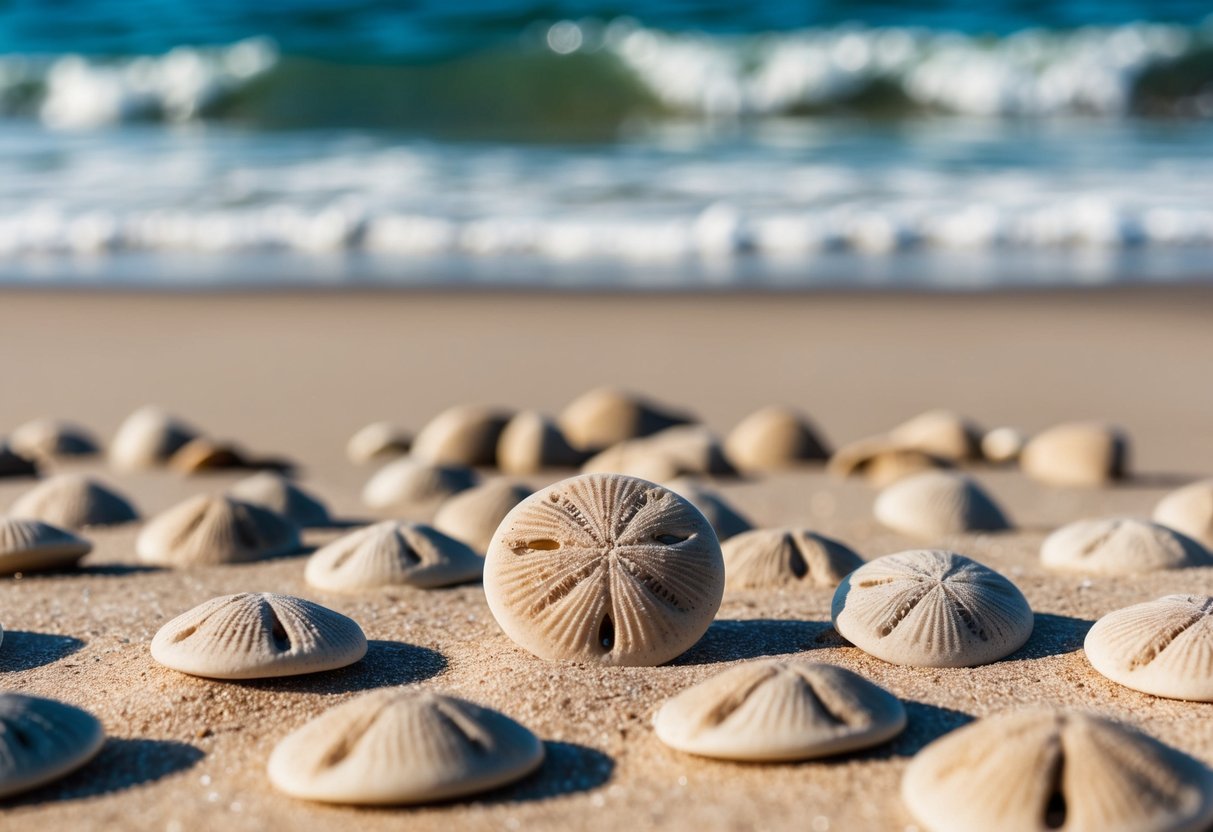Sand dollars are fascinating creatures found along sandy beaches. Many people enjoy collecting their beautiful, flat shells, but not everyone knows how to tell if they are alive or dead. The key differences lie in their color, texture, and noticeable signs of movement, helping enthusiasts make informed choices about their interactions with these marine animals.
 Live sand dollars are darker, often appearing in shades of brown, purple, or grey, while deceased ones take on a bleached white look. Observing the tiny spines on their surface can also indicate life; if the spines are moving, the sand dollar is still alive. Understanding these differences is essential for conservation efforts and ensuring the health of marine ecosystems.
By learning to identify live sand dollars, individuals can better appreciate and protect these unique animals while enjoying their beach visits. This knowledge fosters a deeper connection to the natural world and encourages responsible beachcombing practices.
Live sand dollars are darker, often appearing in shades of brown, purple, or grey, while deceased ones take on a bleached white look. Observing the tiny spines on their surface can also indicate life; if the spines are moving, the sand dollar is still alive. Understanding these differences is essential for conservation efforts and ensuring the health of marine ecosystems.
By learning to identify live sand dollars, individuals can better appreciate and protect these unique animals while enjoying their beach visits. This knowledge fosters a deeper connection to the natural world and encourages responsible beachcombing practices.
 Sand dollars thrive in specific environments. Their habitat preferences and roles in the ecosystem highlight their importance in marine life.
Sand dollars thrive in specific environments. Their habitat preferences and roles in the ecosystem highlight their importance in marine life.
 Identifying whether a sand dollar is alive or dead relies on specific signs. Key indicators include their color and how they feel and behave when disturbed.
Identifying whether a sand dollar is alive or dead relies on specific signs. Key indicators include their color and how they feel and behave when disturbed.
 Live sand dollars are darker, often appearing in shades of brown, purple, or grey, while deceased ones take on a bleached white look. Observing the tiny spines on their surface can also indicate life; if the spines are moving, the sand dollar is still alive. Understanding these differences is essential for conservation efforts and ensuring the health of marine ecosystems.
By learning to identify live sand dollars, individuals can better appreciate and protect these unique animals while enjoying their beach visits. This knowledge fosters a deeper connection to the natural world and encourages responsible beachcombing practices.
Live sand dollars are darker, often appearing in shades of brown, purple, or grey, while deceased ones take on a bleached white look. Observing the tiny spines on their surface can also indicate life; if the spines are moving, the sand dollar is still alive. Understanding these differences is essential for conservation efforts and ensuring the health of marine ecosystems.
By learning to identify live sand dollars, individuals can better appreciate and protect these unique animals while enjoying their beach visits. This knowledge fosters a deeper connection to the natural world and encourages responsible beachcombing practices.
Key Takeaways
- Live sand dollars are darker in color and move when touched.
- Dead sand dollars appear white and lack movement.
- Recognizing these differences supports marine life conservation.
Biology of Sand Dollars
Sand dollars are unique marine creatures known for their distinct shapes and hard, flat bodies. They belong to the group of animals called echinoderms, which also includes sea stars and sea urchins. Understanding their anatomy and taxonomy reveals important details about their life and habitat.Anatomy and Morphology
Sand dollars have a flat, disc-shaped body that can reach up to 10 centimeters in diameter. Their skeleton, known as a test, is made of calcium carbonate. The test has tiny holes that allow water to flow through, helping with feeding and respiration. The surface of a live sand dollar is often dark or gray, while a dead one appears lighter and more brittle. The underside features a soft, fuzzy texture filled with tiny tube feet used for movement. These specialized feet help sand dollars burrow into the sand to avoid predators.Species and Taxonomy
Sand dollars belong to the order Clypeasteroida, which includes various families. Some well-known species are Dendraster excentricus, commonly found on the Pacific coast, and Echinarachnius parma, found in the Atlantic Ocean. These creatures are often called different names, like sea cookies or sand cakes, depending on their location. Each species has unique characteristics, such as color, size, and habitat preferences. Understanding the taxonomy of sand dollars helps in recognizing their ecological role in marine environments.Ecology and Habitat
 Sand dollars thrive in specific environments. Their habitat preferences and roles in the ecosystem highlight their importance in marine life.
Sand dollars thrive in specific environments. Their habitat preferences and roles in the ecosystem highlight their importance in marine life.
Habitat Preferences
Sand dollars prefer sandy or soft seabeds found in the North Pacific and eastern North Atlantic oceans. They often inhabit areas just below the intertidal zone and can be found at depths over 7,000 feet. These creatures live in various densities, ranging from about 0.5 to 215 sand dollars per 10.7 square feet. They bury themselves in the sand to shelter from strong currents and predators. When waters are rough, sand dollars may lie flat or burrow deeper into the sand. This adaptation helps them maintain their position and escape danger.Role in the Ecosystem
Sand dollars play a significant role in their ecosystem. They are part of the class Echinoidea, sharing this classification with sea urchins. This relationship indicates their importance in marine biodiversity. As they feed on organic matter and small particles in the sand, they aid in the process of nutrient recycling. Additionally, sand dollars serve as prey for various marine animals. Predators include fish and shorebirds, making sand dollars a vital component of the food web. Their presence reflects the health of marine environments, as healthy populations often indicate good ecosystem conditions.Live Sand Dollars
Live sand dollars exhibit unique physical traits, distinct behaviors, and specific feeding methods. These characteristics help differentiate them from their dead counterparts and show how they thrive in their environment.Physical Characteristics
Live sand dollars have a dark coloration, ranging from brown to purple. This is different from the white or tan colors seen in dead sand dollars, which look more like shells. They are covered with tiny spines, giving them a velvety texture. These spines are not just for show; they play an important role in movement and protection. When disturbed, the spines can leave a yellowish stain on the hands, indicating that the sand dollar is alive. In size, they typically measure around 3 to 4 inches across. The unique shape, resembling a flattened disc, allows them to burrow in the sand and helps with stability in moving waters.Behavior and Movement
Live sand dollars exhibit active behaviors to adapt to their surroundings. They use their spines to move along the ocean floor. When the waters are rough, they either stay flat on the surface or burrow into the sand for safety. They can react to changes in their environment. For instance, if disturbed, they will quickly dig deeper into the sand to avoid danger. This behavior protects them from predators and strong currents. Young sand dollars have a unique method of anchoring themselves down. They swallow heavier sand grains to help weigh themselves down, ensuring they remain stable during turbulent conditions.Feeding Mechanisms
Live sand dollars are filter feeders. They capture tiny particles, including plankton and organic debris, from the water around them. Their specialized mouths are located on the underside of their bodies. The spines help to sweep food toward this mouth. Additionally, cilia on their bodies create currents in the water, bringing in food particles. This efficient feeding method allows them to thrive in their natural habitat, ensuring they receive the nutrients needed for survival. By understanding these features, one can better appreciate the life of sand dollars in their ecosystems.Dead Sand Dollars
Dead sand dollars show clear signs of physical changes after they die. These changes affect not just their appearance, but also their texture. Understanding these differences can help in identifying whether a sand dollar is alive or dead.Physical Changes After Death
When a sand dollar dies, its body undergoes noticeable changes. A dead sand dollar typically has a smooth surface. This lack of texture means that the velvety spines, which are present in live specimens, have disappeared.- Color: Dead sand dollars are often lighter in color. They can be white or grey compared to the darker tones of live sand dollars, which range from brown to purple.
- Shape and Structure: The structural integrity of a dead sand dollar may weaken. They can become brittle and are more likely to break when handled.
Decomposition Process
The decomposition of a sand dollar begins shortly after death. Bacteria and other marine organisms start breaking down its body.- Stage 1: Initial breakdown involves the decay of soft tissues. This usually occurs within days.
- Stage 2: As decomposition continues, skeleton parts may remain in the environment. These hardened shells can be found washed up on beaches.
- Stage 3: Environmental factors such as water temperature and salinity affect how quickly decomposition occurs. In warmer waters, the process can be faster.
Indicators of Life
 Identifying whether a sand dollar is alive or dead relies on specific signs. Key indicators include their color and how they feel and behave when disturbed.
Identifying whether a sand dollar is alive or dead relies on specific signs. Key indicators include their color and how they feel and behave when disturbed.
Live vs. Dead Coloration
Color plays a significant role in determining if a sand dollar is alive. Live sand dollars generally have a dark, velvety hue. This coloration helps them blend into their surroundings, protecting them from predators. When a sand dollar dies, it changes noticeably. The once vibrant dark color fades, often turning to a bleached white due to sun exposure. If a sand dollar appears grey or loses its original color, it may no longer be alive. Observing color can quickly indicate the sand dollar's health status, helping beachgoers act responsibly.Texture and Movement
The texture and movement of a sand dollar also provide clues about its status. Live sand dollars have a distinct velvet-like texture because of tiny spines covering their surface. If touched, a live sand dollar may react by moving slightly or burrowing deeper into the sand. This movement shows that it is alive and responding to disturbances. Conversely, a dead sand dollar will feel rough as the spines degrade. It will not show any signs of movement, confirming its lifeless state. Being aware of these texture traits is essential for anyone studying marine life on the beach.Human Interaction
Humans have a significant relationship with sand dollars that involves collection and its effects on their populations. Understanding these interactions is crucial to ensure the health of these unique sea creatures.Collection and Souvenirs
Many beachgoers collect sand dollars as souvenirs. Live sand dollars often appear dark and can be half-buried in the sand. Taking them home is not only harmful but may result in fines. It is important to remember that live sand dollars have a soft, velvety texture due to their spines. To identify dead sand dollars, look for:- A bright white or bleached appearance.
- A hard texture.
- No visible spines.
Impact on Sand Dollar Populations
Excessive collection of sand dollars can threaten their populations. When people remove live sand dollars from their habitats, it disrupts the life cycle of these organisms. Sand dollars are essential for the marine ecosystem, playing a role in the food web. They typically live around 8-10 years but face risks from natural predators and environmental factors. Maintaining sustainable practices when visiting beaches helps ensure that these creatures survive and thrive. Education on proper collection methods promotes awareness and environmental responsibility among beach visitors.Conservation Status
Sand dollars face various threats that impact their populations. Understanding the protection efforts in place and adopting sustainable practices can help ensure their survival in natural habitats.Protection Efforts
Regulatory measures help protect sand dollar populations. In many coastal areas, harvesting live sand dollars is illegal. This law aims to prevent over-collection, allowing natural populations to thrive. Some states designate specific marine protected areas (MPAs) that restrict activities like fishing and shell collection. Organizations also promote awareness about the importance of sand dollars in the ecosystem. Educational programs inform the public about the role of sand dollars in marine environments. Community involvement in beach clean-ups contributes to a healthier habitat for sand dollars. Additionally, scientific research on sand dollar populations aids in conservation strategies. Monitoring their numbers helps identify trends and potential threats within their ecosystems.Sustainable Practices
Supporting sustainable practices helps protect sand dollar populations. Responsible beachcombing is crucial. Collectors should avoid taking live sand dollars and only collect dead ones, ensuring that live ones can continue to reproduce. Encouraging ecotourism also benefits sand dollar conservation. Activities that educate visitors about marine life promote interest in protecting the environment. Local businesses can provide guided tours that highlight the importance of sand dollars to marine ecosystems. Advocating for responsible fishing practices is another essential part of conservation. Ensuring that fishing methods do not disrupt sand dollar habitats is important for their sustainability. Marine life depends on balanced ecosystems, making these practices vital for future generations.Research and Study
Research on sand dollars helps scientists understand their biology and role in the ecosystem. This knowledge highlights the differences between live and dead sand dollars, which is crucial for conservation efforts.Scientific Importance
Studying sand dollars is important for ecological research. These creatures play a significant role in marine environments. As members of the echinoderm family, they help scientists learn about ocean health. Key Research Areas:- Habitat preferences and adaptations
- Life cycle stages and longevity (8-10 years)
- Biological interactions with other marine species
Advancements in Understanding
Recent studies offer new insights into the life of sand dollars. Research techniques, such as genetic analysis, have improved knowledge of their development and reproduction. Notable Findings:- Life Cycle: Sand dollars undergo four stages: egg, larvae, juvenile, and adult.
- Behavior: Living sand dollars are covered with tiny spines that help them move and feed.

